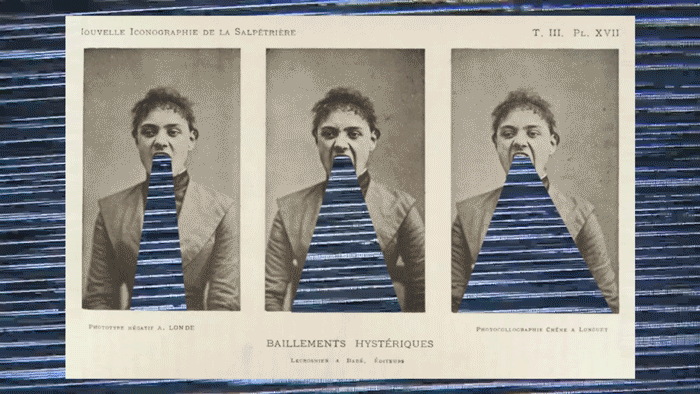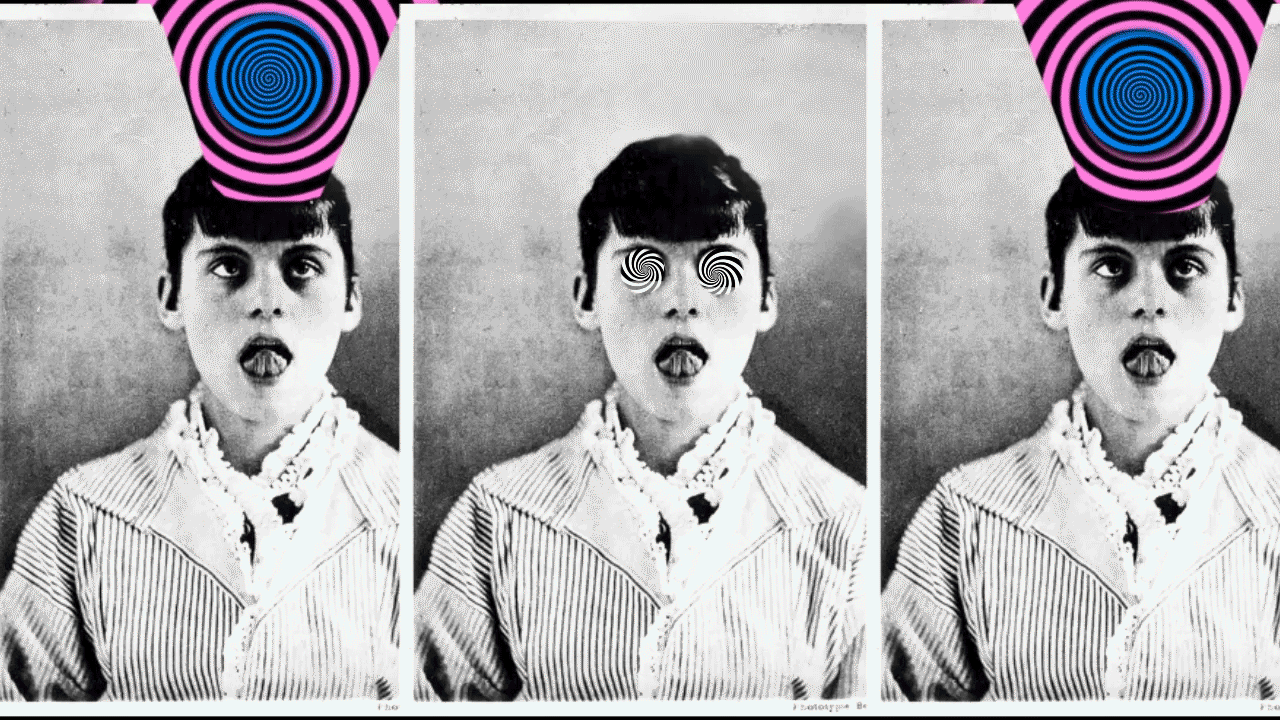
Melancholia of Virgins
The term ‘Hysteria’ is now recognised as a diagnosis stemming from pseudo-science, intrinsically linked to misogyny and man’s dominance. Symptoms eventually attributed to ‘Hysteria’ have been common throughout history. In ancient Greece, they were attributed to uterine movement.
In 19th century Europe, psychiatrists sought a term to describe this malady among them Uterine Suffocation, Uterine Fury, Female Asthma, and Melancholy of Virgins were considered. Ultimately, the term Hysteria would be chosen as the catch-all diagnosis for women suffering from many ailments of no visible root.
One front-runner in Hysteria science was Jean-Martin Charcot he was charged with Hysteria treatment at the Salpêtrière Hospital in Paris, Charcot was notoriously fixated on a particular patient. Admitted to the Salpêtrière when she was only sixteen, her name was Augustine. A traumatic rape episode in her childhood led to her Hysteria diagnosis. When in reality what she was suffering was PTSD combined with schizophrenic episodes.
Once at Salpêtrière, she quickly became Charcot’s muse. Each Tuesday, when he conducted ‘Grand Rounds’. Hysterical women were put on display for audiences consisting of medical contemporaries, students and members of the general public. Armed with a camera, Charcot used photography as a machine to capture patients’ attack symptoms for later analysis. These pictures would then be published, used as ‘evidence’.
‘Melancholia of Virgins’ explores this imagery, focusing primarily on Augustine in the Salpêtrière, and redefining visual representation through digital technology. Handmade collages sliced, stitched and inverted, quickly evolved to animations – transforming this once static archive into one now dynamic and contemporary. These experimental pieces seek to increase awareness of a time when the field of medicine subjected women to abhorrent treatment.









